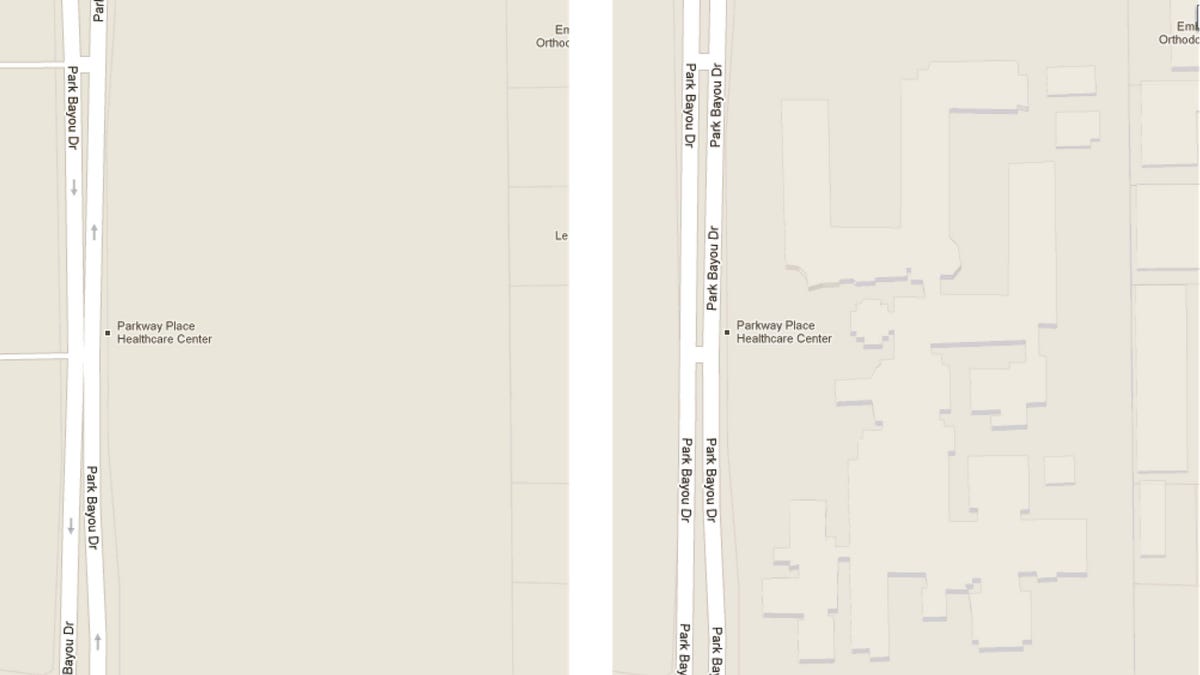Google Maps adds 25M new building footprints
The Web giant enhances its maps platform even further by adding in millions of new building footprints in major cities across the U.S.

Google has added another layer of detail to its maps for desktop and mobile. Now, besides, streets, parks, and bodies of water, users can also see even more building footprints in major cities across the U.S.
The Web giant debuted this new addition today by adding 25 million new building footprints to its map platform. Cities include Houston, Los Angeles, Chicago, Miami, and the San Francisco Bay Area.
"As we go about our daily travels, we often rely on buildings to orient ourselves, locate landmarks and navigate from place to place," Google Maps Engineering Manager Bobby Parikh wrote in a blog post today. "This expansion is part of our ongoing effort to provide you with maps that are as comprehensive as possible."
All of the building images also come with height information, which was created by aerial imagery combined with computer vision techniques in order to produce the building shapes. "This process enables us to provide more building footprints and a more comprehensive and detailed map than ever before," Parikh said.
Google has received a fair amount of acclaim recently for its maps platform. When Apple opted to boot Google Maps from its iOS 6, many users got up in arms and complained that Apple Maps didn't compare to Google's. Google has since amped up its mobile Web app but has not said if it will create a specific maps app for iOS.
"Apple has learned that maps are hard," Google Executive Chairman Eric Schmidt said during an interview last week. He added that Google had spent over five years investing in its map app, while Apple has been in catch-up mode. "We invested hundred of millions of dollars in satellite work, airplane work, drive-by work, and we think we have the best product in the industry."

